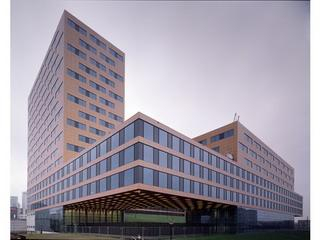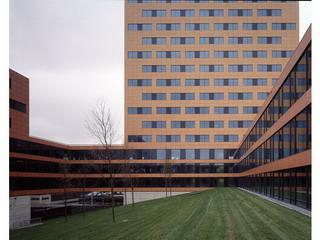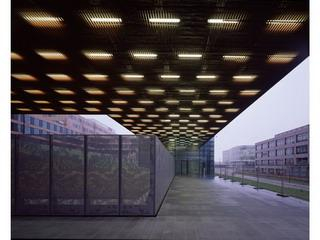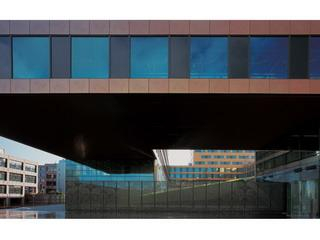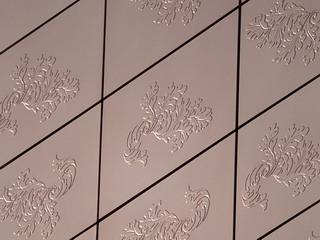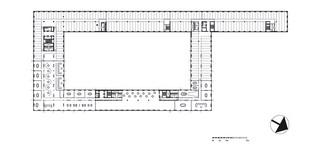Acanthus
Post-ideological architecture (Motivation)
Acanthus embodies post-ideological architecture (Arthur Wortman), averse to style, avant-gardism, or innovation in the strict sense of the word. It is without pretension in terms of social distinction. At the same time, however, it arouses sympathy due to its independence from contemporary trends. The essential elements are simply the requirements of the parties concerned and the physical and disciplinary context. Here, architecture is regarded as a product of social, economic and disciplinary realities, unusual in an age in which the concept of client as an individual private person has been replaced by a professional consumer in a market that transgresses geographic boundaries.
The office complex, situated in Amsterdam Zuidoost, can be regarded as a product of the risk society, in which efforts to manage the technological, economic and sociological consequences of progress predominate, particularly the administration of risks that issue from these. The starting point here is reflective modernity (Ullrich Beck), or the continuity in discovering more intelligent models, methods and objects to make the world more pleasant, despite accelerating modernization and scale enlargement. A striking example of this is the notion of Acanthus = programme 0 and programme +, where programme 0 represents the basis, the office building, and program + represents the added value, the green inner garden. With this construction, Branimir Medic and Pero Puljiz emphasize the harmonization of spatial relationships in an urban area that is known as being unattractive. Working in the Acanthus building symbolizes the democratic freedom of the right to choose between an urban area (exterior) on the one hand, and the peace and security of the garden (interior) on the other. It is primarily this garden, this haven of peace, which makes Acanthus so exceptional.
But it is not only the garden, visible even from the outside of the complex through the overhangs, that makes Acanthus so eye-catching. Medic and Puljiz confound logic. The somewhat museological complex, with its sedate allure, vast areas of glass, and open inner garden, has been located here in a purely commercial context. And the modern classical, austere nature of the premises is pleasantly stimulated by the use of aluminium panels with an acanthus profile which also provide varying colour impressions depending on the angle of perception. It is especially this contrast between the two forms of logic that places Acanthus not in the seventies but in this century.
With Acanthus, Medic and Puljiz furnish a classic example of the way in which their post-communistic interpretation of what Kenneth Frampton calls their laconic dynamic minimalism fluently converges with their characterizing rational, rectangular plans.
Acanthus is authoritative as a product of the Globalization-free architect generation. The formerly enforced socialist character of Medic and Puljizs country of origin, Croatia, combined with its post-war circumstances, proves time and again to be the perfect breeding ground for a new, non-political form of functionalism. It is a functionalism that has translated years of isolation into a privilege, a unique disciplinary instrument, a moral exercise. Croatia has been free of subordination to an unavoidable and permanent conformity to global commerce. As a result, modernist honest ideology has been able to enter the debate with economic reality.

